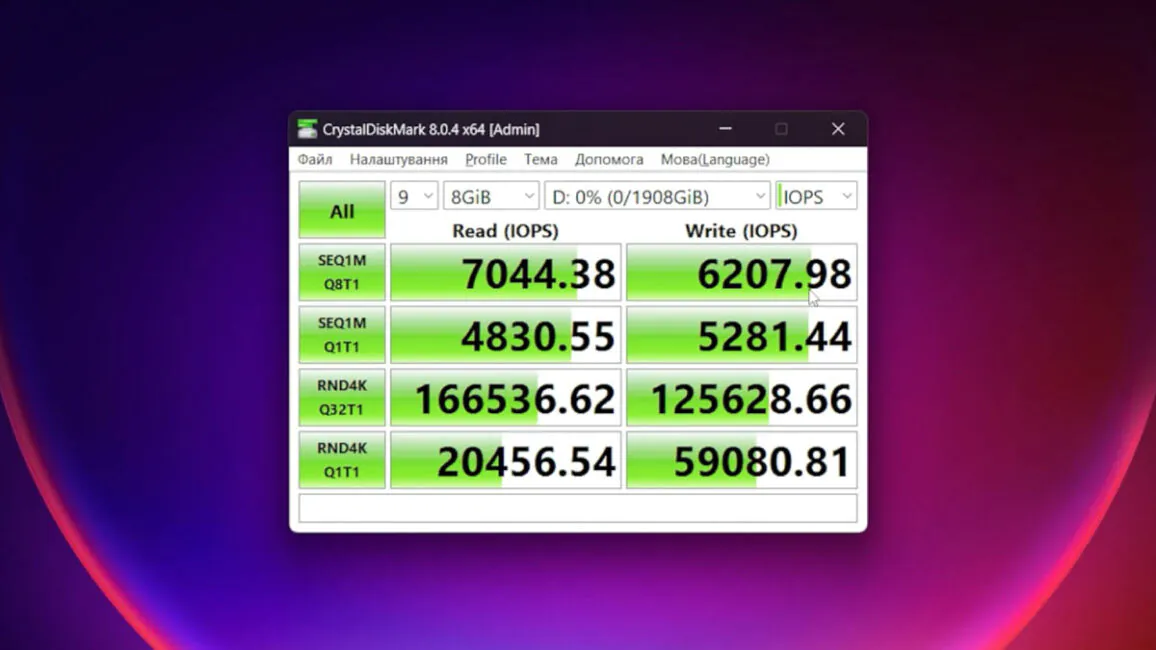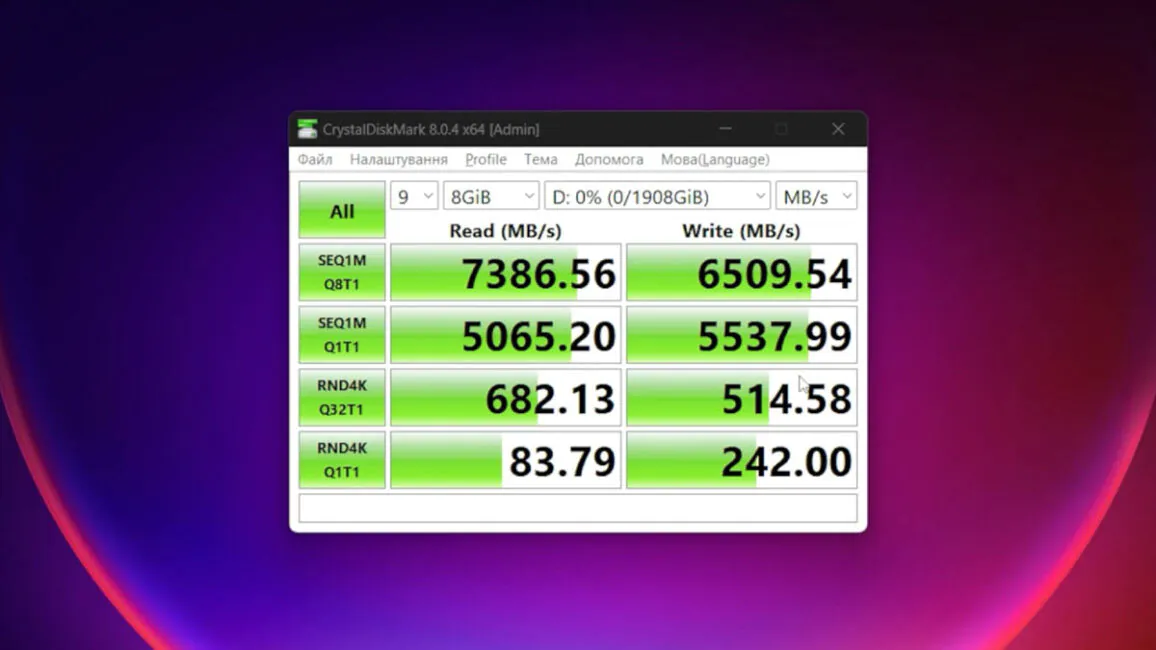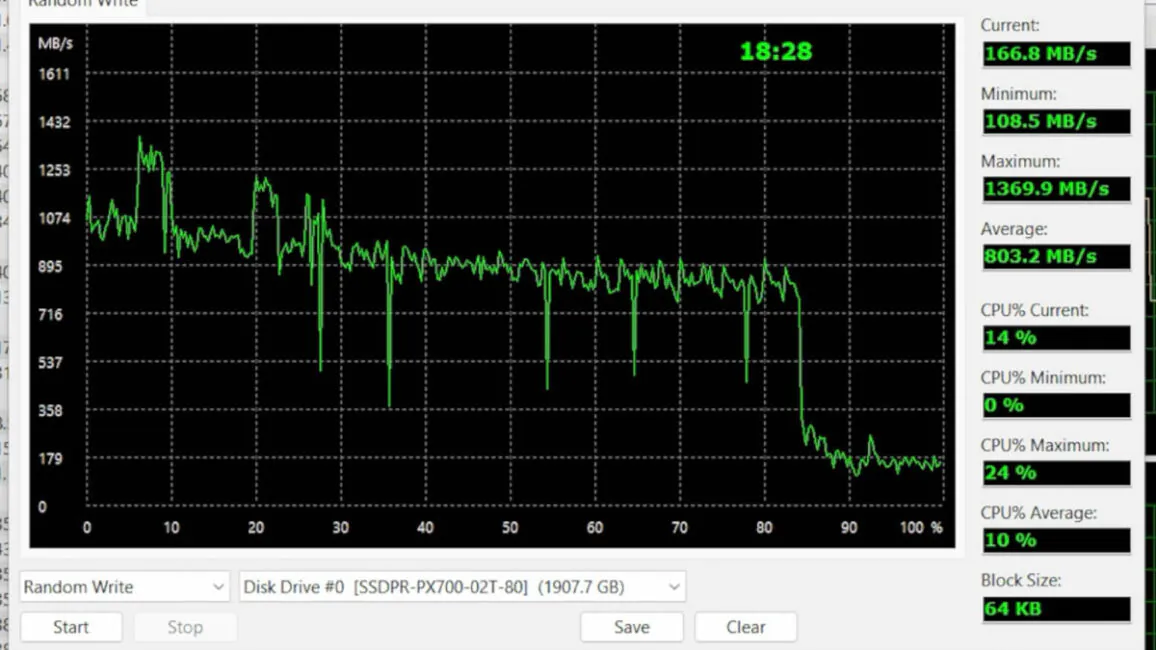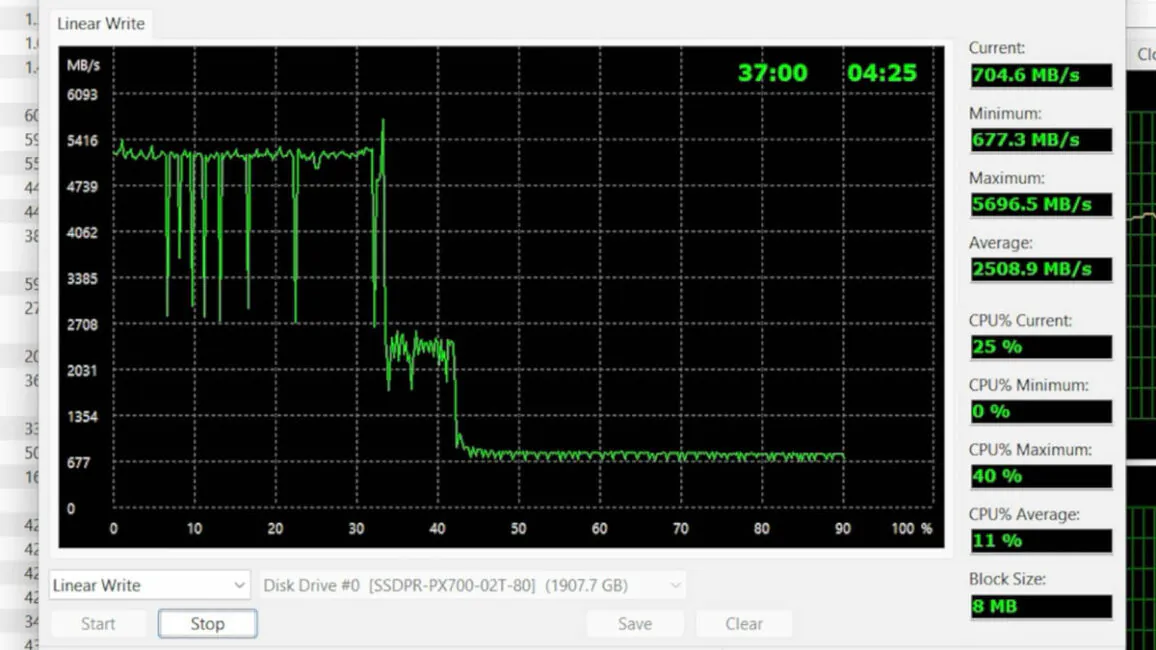© ROOT-NATION.com - Use of content is permitted with a backlink.
With this material, with this review, I want to give myself a little informational detox. Because my recent materials on topics like PCIe 3, AM4, and sacrificial SSDs were more educational, and therefore, in my eyes, much more useful. But they always require a lot of effort, and my battery is a bit drained. Comparatively, reviewing the Goodram PX700 2TB is just pure bliss. Easy and enjoyable.
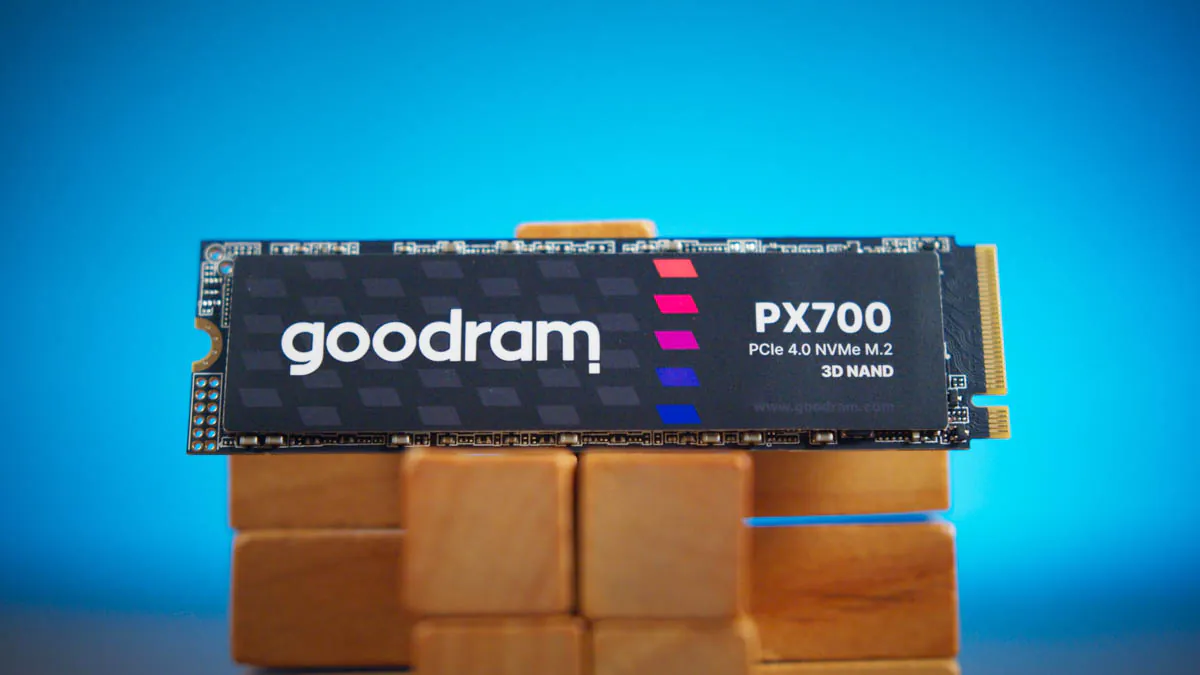 Why enjoyable? Because the storage drive is awesome. And… I can’t resist after all, but we’ll try to use our previous knowledge about SSDs against the PX700.
Why enjoyable? Because the storage drive is awesome. And… I can’t resist after all, but we’ll try to use our previous knowledge about SSDs against the PX700.

Let’s start with the price, which is approximately a little over $130. This is one of the cheapest models on the PCIe 4.0 version for 2TB. On one hand, it’s absolutely obvious; on the other hand, it’s unexpected.
Package and appearance
I won’t go into detail about the packaging; this isn’t a flagship product, so we have a blister and basic packaging with essential information.
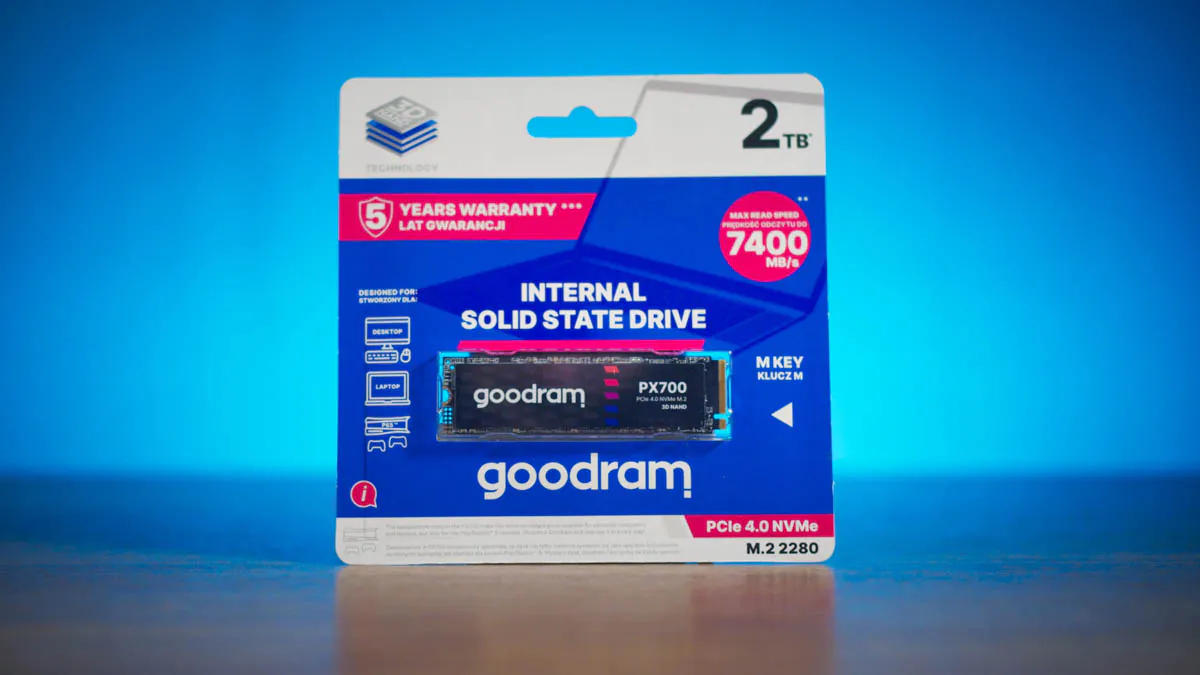
Visually, the Goodram PX700 2TB is not the most exciting in the world, although I personally like the combination of the graphene radiator plate and lilac accents because it’s quite aggressive.
Controller
Directly under the radiator plate, we have four memory banks and the Maxio MAP1602A-F3C controller. This is my first encounter with Maxiotek; previously, it was JMicron. The MAP1602 is a direct competitor to the Phison S11. It is a four-channel non-buffered controller with support for HBM and the ability to work with modern QLC technology.
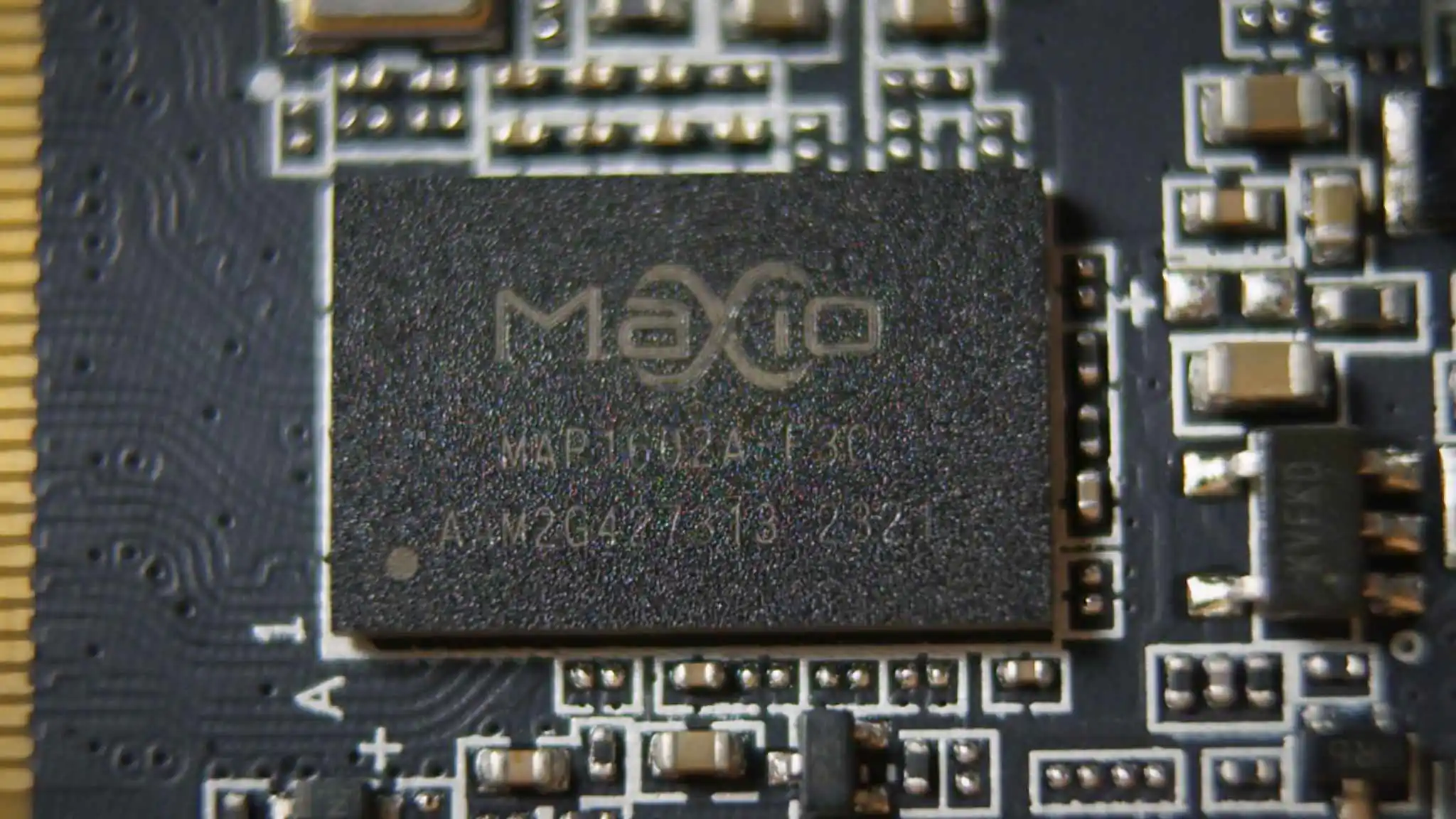
Actually, the available controller on PCIe 4 is not bad at all, although it has lost some prestige because of the wave of Samsung counterfeits from AliExpress in the past. In those, as you can imagine, the controllers were noticeably more expensive, while the 1602 is still budget-friendly. And the counterfeits didn’t offer the same speeds as the 7 GB/s, but rather 5 GB/s. With PX700… the speeds are higher, so there’s no need to worry.
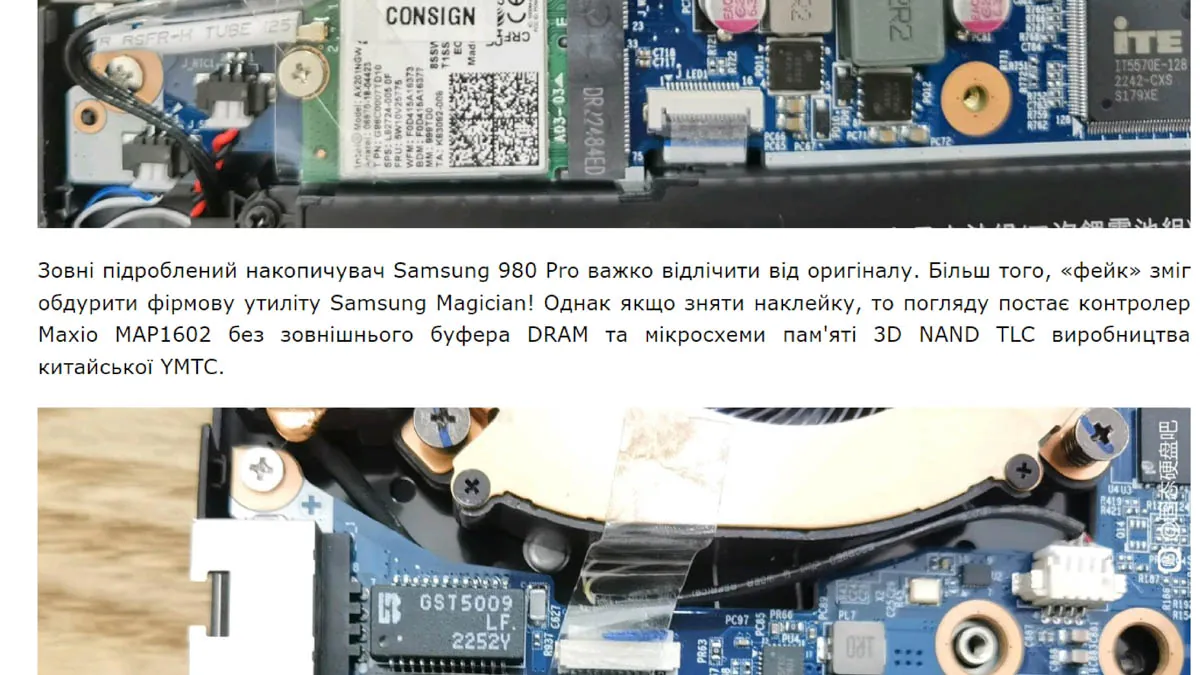
I also note that on the official Maxiotek website, there are MAP1602-I and 1602-C versions. Mine, I remind you, is the 1602-A. The Goodram PX700 itself is an NVMe SSD PCIe 4×4, meaning it utilizes 4 lanes of PCIe 4.0. The drive supports Host Memory Buffer (HMB) technology, version 3.0, has a form factor of 2280, M key, and a thickness of 2.65 mm.
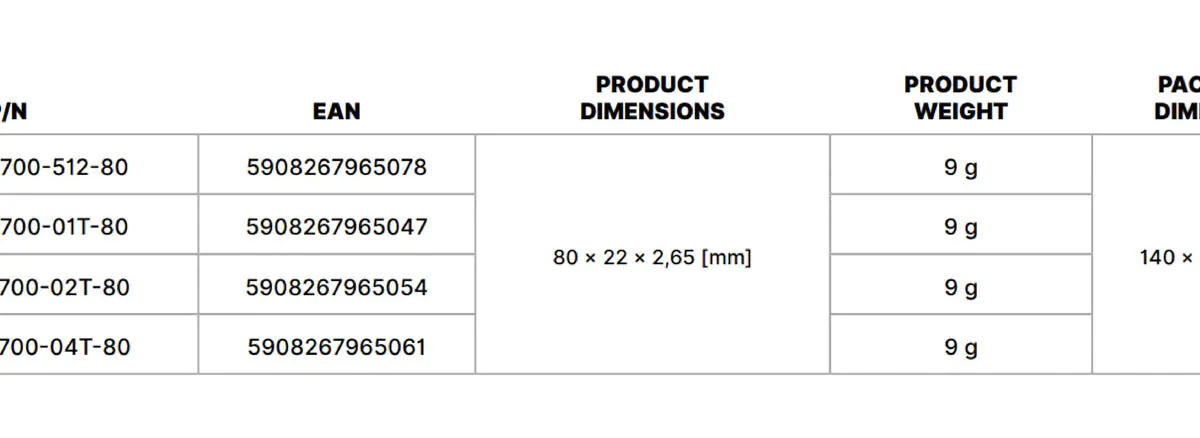
There are versions of the Goodram PX700 available with capacities ranging from 512 GB to 2 TB. The lower capacity version is the slowest, with promised sequential read and write speeds of 7000 and 4200 MB/s, respectively. In all other versions, these speeds are 7200… and 6500.
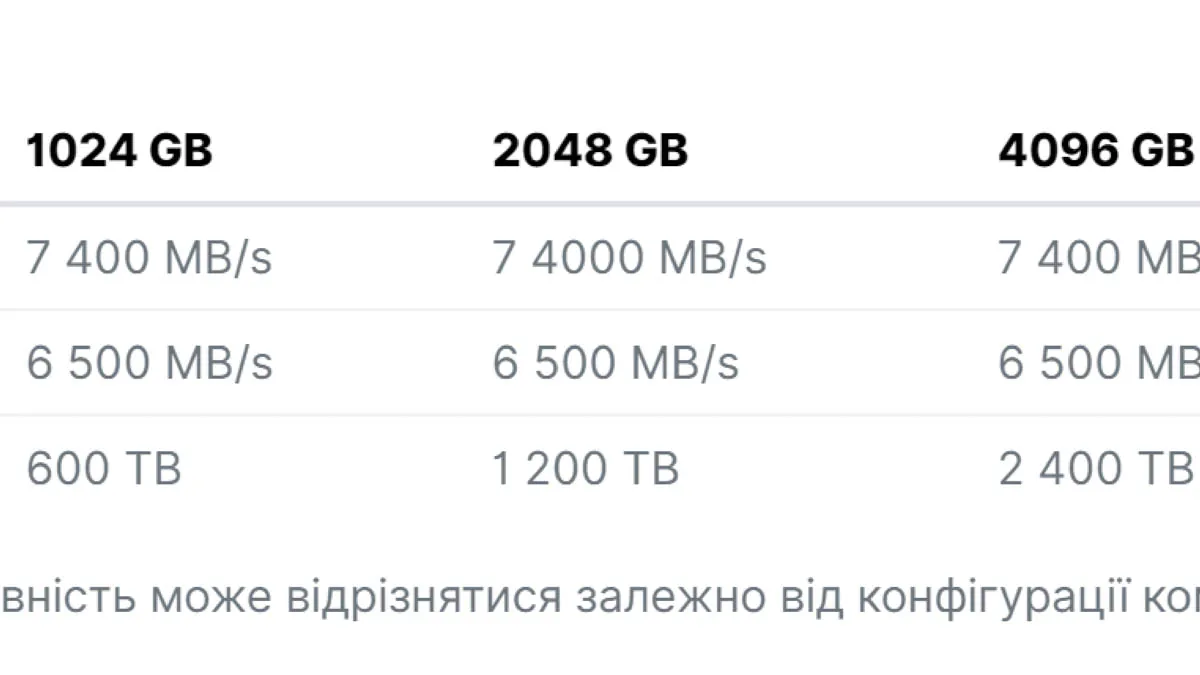
The performance in IOPS, who needs it, is 840000 reads for the younger one and 1000000 for the older ones. IOPS per write is also 100000, but for the flagship, and 820000 for all the others. The MTBF is increasing in multiples, 300, 600, 1200, and 2400 TB. The operating time is 1500000 hours.
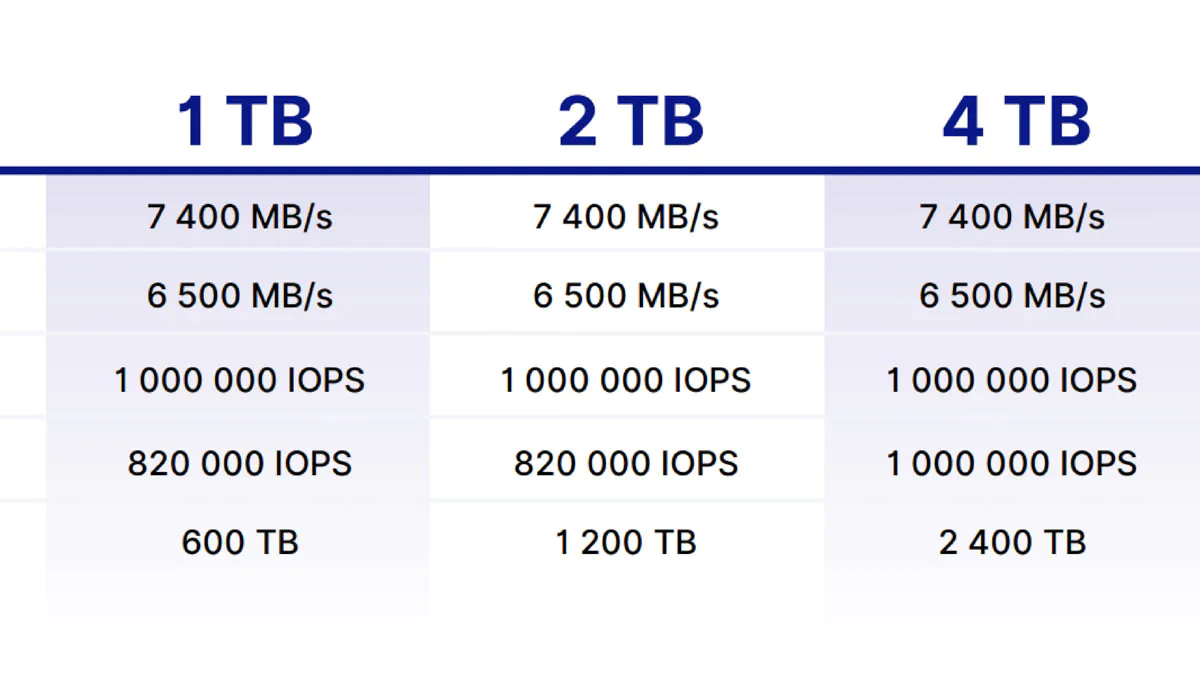
Interestingly, Goodram specifies maximum operating and storage temperatures. The operating temperature ranges from zero to 70 degrees Celsius, while the storage temperature ranges from -40 to +85 degrees Celsius. This is noteworthy because if you look at the operating temperature, you’ll notice that in my material comparing PCIe 3.0 to PCIe 4.0, I found information about the maximum operating temperature being exactly 85 degrees.
Test stand
- AMD Ryzen 7 3800X processor
- Motherboard ASUS B550 ROG Strix F-Gaming
- ROM IRDM Pro DDR4 2×16GB 3200 MHz Crimson White
- IRDM Pro DDR4 2×16GB 2×16GB 3200 MHz Pure Black
- Cooler be quiet! Dark Rock TF 2
- IRDM Pro 2TB SSDs
- SSD drive Goodram PX600 1TB
- Power supply FSP Hydro PTM Pro 1000W
- ASUS TUF RX 6800 16GB video card
- Gorilla Custom X case
Test results
In terms of speeds, in CrystalDiskMark 8, we have 7400 MB/s for reading (at least, BEFORE the test is completed), so I still consider that the 1602-A is closer, or even an analogue of the 1602-C, because the 1602-I has a peak speed of 7200. Generally, achieving the promised speeds by the manufacturer shouldn’t be so easy, so either I got lucky, or the 1602-A has a peak, let’s say, of 7600. But that’s that.
In almost all other aspects, the SSD impressed me. I particularly liked the graph of random reading, where over 30% of the graph is covered at full speed, another 10% at half speed, and a drop to 600 MB/s at the end. I was especially pleased with the latter because SSDs do not tolerate speed drops below HDD levels when reading.
And that used to happen with cheap SSDs. No, 600 MB, especially at the end, is just what you need. And PX700 is a budget SSD, I remind you. With such speeds, and at a low price. I still remember the times when not all flagships could achieve that. Unfortunately, the random write graph suffered more. And I noticed a very interesting instability, which also affected the temperature.
Read also: be quiet! Dark Rock Pro 5: CPU Сooler Review
The maximum reached was 70 degrees. This was in the top slot of the ASUS ROG B550-F Gaming motherboard under an old piece of thermal pad – during the assembly of this video, I’ll need to replace the test bench with an AM5, so the methodology will improve. The point is, I tested the SSD on an open bench at 15 degrees in the room. And the speed drops corresponded to drops in the temperature graph.
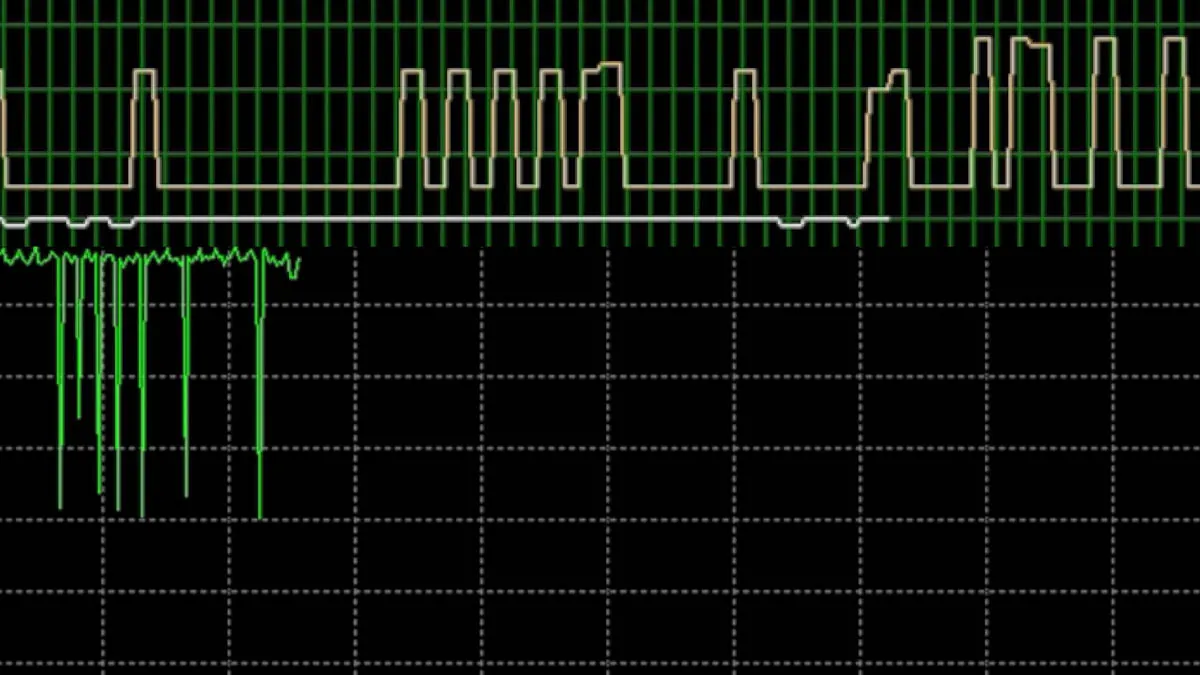
So, either the PX700 was losing temperature very quickly, or the sensor was reacting incorrectly to the load. I tested this effect on THREE different versions of monitoring programs, and it was consistent across all of them.
Summary
Using the example of the Goodram PX700 2TB, we can clearly see how impressive affordable SSDs are now, powered by relatively lesser-known yet still powerful controllers. The speeds are pleasing, the heating is manageable, and the price is VERY agreeable. It seems we’re witnessing a moment where the SSD market is shedding its infancy issues and offering beauty at any budget. So yes, I recommend it!
Read also:
- ASUS TUF GAMING B760M-BTF WIFI Motherboard Review
- Be quiet! Shadow Base 800 DX Computer Case Review
- Samsung Odyssey G7 G70B Gaming Monitor Review


